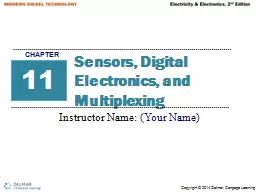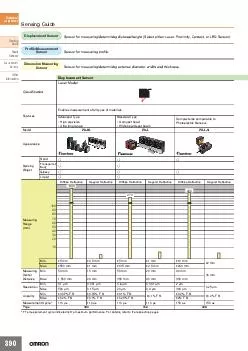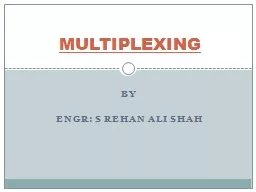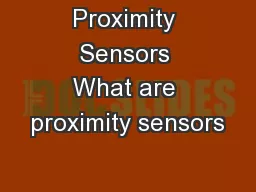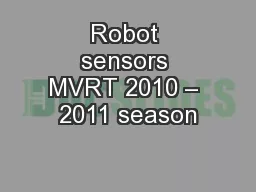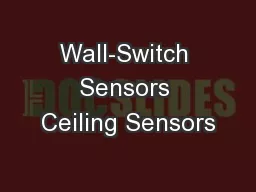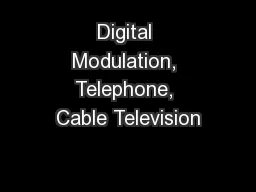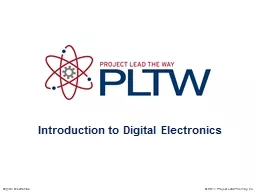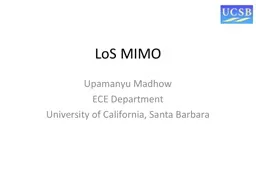PPT-Sensors, Digital Electronics, and Multiplexing
Author : pamella-moone | Published Date : 2015-11-20
Instructor Name Your Name 11 CHAPTER Learning Objectives List the various types of sensors used on modern trucks Explain the difference between a digital and analog
Presentation Embed Code
Download Presentation
Download Presentation The PPT/PDF document "Sensors, Digital Electronics, and Multip..." is the property of its rightful owner. Permission is granted to download and print the materials on this website for personal, non-commercial use only, and to display it on your personal computer provided you do not modify the materials and that you retain all copyright notices contained in the materials. By downloading content from our website, you accept the terms of this agreement.
Sensors, Digital Electronics, and Multiplexing: Transcript
Download Rules Of Document
"Sensors, Digital Electronics, and Multiplexing"The content belongs to its owner. You may download and print it for personal use, without modification, and keep all copyright notices. By downloading, you agree to these terms.
Related Documents

